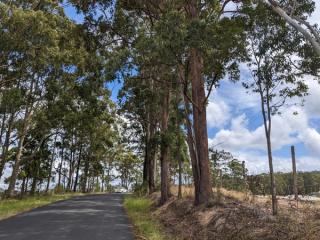
Biodiversity credits for the voluntary market
- Client Name
- Confidential - Investment
- Location
- Scotland

Challenge
The project is a c. 20km² estate in the Scottish Highlands, with diverse geology and habitats, from improved grazing and commercial forestry, to alpine heath, bog, calcareous grassland and native woodland.
The client’s vision is to create a land management plan which both delivers overall positive outcomes for biodiversity alongside much needed commodities such as timber.
Solution
SLR were asked to design an approach to biodiversity baselining in line with the Wallacea Trust / RePlanet methodology to be implemented across the whole estate, including areas such as commercial afforestation where biodiversity losses may be expected, to avoid any risk of greenwashing or selective monitoring (cherry picking).
The approach taken therefore involves monitoring areas where biodiversity gains are anticipated as well as areas where losses may occur.
Impact
Data collection for baseline unit calculation is nearing completion and the project is expected to go through independent peer review via the Biodiversity Future Initiative in 2024. This will provide a clear baseline of the current biodiversity value across the estate against which the benefits of implementing the land biodiversity enhancement plan can be measured.
Metrics were selected to be relevant to the ecosystem services that would be influenced by the proposed changes in land management and to include species/ groups representing the main levels of the food chain and a wide spread of taxonomic groups e.g. decomposers – fungi & some beetles,primary producers- plants & habitats, herbivores - some beetles and birds, and carnivores - some birds, spiders and some beetles. The taxonomic units (e.g. class, phylum..), chosen for each metric all have a large number of species with potential to respond to changes in habitat type and quality. Field methods were designed to be cost-effective and repeatable / comparable in both in current and future habitats, with sampling points stratified to reflect the distribution of habitats and expected habitat transitions.
Following an initial review, the RePlanet team commented on the selection of metrics, saying:
"This approach to selecting the metrics is really thorough and should be an example to others following your approach."
And in relation to monitoring design, added:
"Just as with the selection of metrics, this is a very thorough piece of work."
